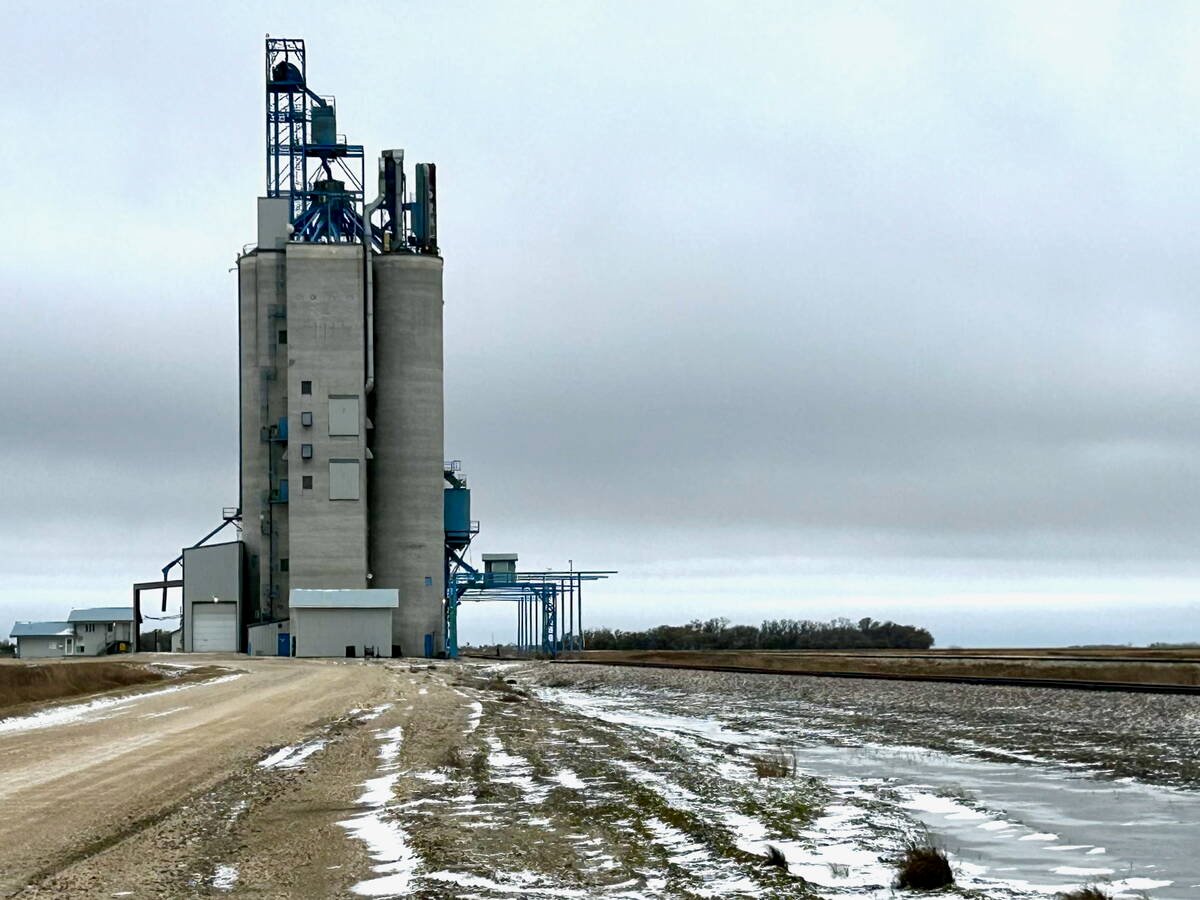Downgrading | Levels vary year to year, but long-term trend shows more infection
Grain downgrades caused by ergot and fusarium are becoming more common in Western Canada.
Sheryl Tittlemier, program manager of grain safety with the Canadian Grain Commission, said the number of wheat samples submitted to the commission’s Harvest Sample Program and downgraded due to ergot has increased.
Over a six-year period starting in the fall of 2008, more than 10 percent of the durum and hard red spring wheat samples submitted were downgraded due to ergot.
In the previous six year period from 2002 to 2007 inclusive, fewer than five percent of samples submitted were downgraded.
Read Also

Manitoba grain elevator ownership expands
Carman-based Linear Grain buys Fannystelle elevator from Bunge, another three elevators sold to Morden’s BP & Sons Grain and Storage Inc.
“We’re seeing variation” from crop year to crop year, Tittlemier said at a recent ergot and fusarium symposium in Saskatoon.
“But there is a general increasing trend.”
The percentage of ergot contained in downgraded samples also appears to be increasing, she added.
In downgraded durum samples, the proportion of ergot appears to be increasing in Saskatchewan and Alberta.
In downgraded CWRS samples, the percentage of ergot is also increasing in Saskatchewan and Alberta.
Data from CWRS samples originating in Manitoba is less conclusive.
“Again (percentage-wise), you see variation but there seems to be an overall increase, at least from 2002 to 2013,” she said.
Grain-based mycotoxin caused by ergot and fusarium headblight cost the western Canadian grain industry hundreds of millions of dollars each year.
One recent estimate put the cost of mycotoxins to the North American crop industry value chain at $5 billion annually.
The Saskatoon conference was aimed at bringing attention to the increasingly prevalent problem of mycotoxins in grain.
Excessive mycotoxin levels in livestock feed can have a negative impact on growth rates and overall animal health.
Excessive soil moisture and wet growing conditions throughout much of Western Canada this year could result in higher than normal disease levels in cereal crops.
Fusarium graminearum levels often spike in wet years.
Saskatchewan saw unusually high levels in 2010 and again in 2012, said Faye Bouchard, provincial crop disease specialist with the Saskatchewan ministry of agriculture,
Infection levels backed off in 2013 but conditions this year could be conducive to heavy disease pressure and downgrading losses.
Bouchard said growers need to control fusarium head blight by applying fungicide when cereal crops are flowering.
“Generally, these fungal diseases need moisture at some point in the disease cycle,” she said.
“Environmental stress can also affect a plant’s susceptibility…,” she said.
Fusarium graminearum is a recurring problem in Manitoba but it is also becoming more common in Saskatchewan and Alberta, even in areas where it has not traditionally been a concern.
“It’s not just in one corner of the province,” said Bouchard.
The optimal temperature for the development of fusarium spores is 25 to 30 C.
Infection levels increase in humid conditions with ample moisture and precipitation.
Management of crop residue can influence infection levels. Reduced tillage can lead to more trash and surface conditions more conducive to development of fungal diseases.
Bouchard said growers in some parts of Western Canada may have access to fusarium head blight risk maps.
Manitoba’s most recent risk map published June 23 shows high or extreme risk levels across most of the province.
The map can be viewed online at www.gov.mb.ca/agriculture/crops/seasonal-reports/fusarium-head-blight-report.html.
Saskatchewan does not produce a risk map.
In addition to vigilant monitoring and well-timed fungicide applications, growers can also reduce the risk of cereal diseases by planting less susceptible crop types and choosing cereal varieties with improved disease resistance.















